Everest: Sherpas to repair dangerous Khumbu Icefall route
- Published

Sherpas will fix ropes through the treacherous Khumbu Icefall at the foot of Mount Everest
A team of specialised Nepalese Sherpa mountaineers have begun work to repair the climbing route on Mount Everest four months after it was destroyed by a devastating earthquake.
In April, 18 mountaineers and support staff were killed when the earthquake triggered an avalanche which swept through Everest base camp.
The team, known as the Icefall Doctors, have begun surveying the mountain.
They plan to fix ropes through the Khumbu Icefall in the next few days.
The Icefall is a notoriously treacherous stretch of moving and cracking ice, which climbers must negotiate after they leave base camp on their way to Camp 1 on the mountain.
Without the ropes fixed by the Icefall doctors, this would not be possible.
The Icefall doctors say they hope the restored route will attract mountaineers back to Everest for the autumn season.
"We plan to begin rope fixing work in the treacherous icefall section after conducting a ground survey," leading icefall doctor Ang Kami Sherpa told the Himalayan Times earlier this week.
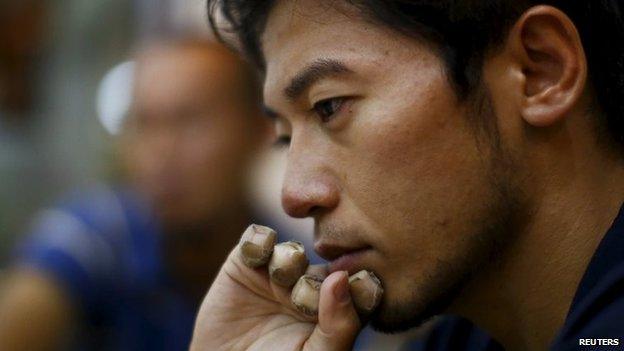
Kuriki is the only climber attempting to summit Everest this autumn season
A Japanese climbing team has already arrived in Nepal ahead of their planned attempt on the summit next month.
On Tuesday, climber Nobukazu Kuriki, 33, left Kathmandu for the Everest region, to begin acclimatising before his planned attempt on the summit next month.
Kuriki, who has lost all his fingertips and one thumb to frostbite, is so far the only person scheduled to climb Everest during the challenging autumn climbing season.
"I do feel nervous and afraid," he told Reuters.
"This is only natural before attempting the challenge of climbing Everest, particularly after the earthquake and at this time of year."
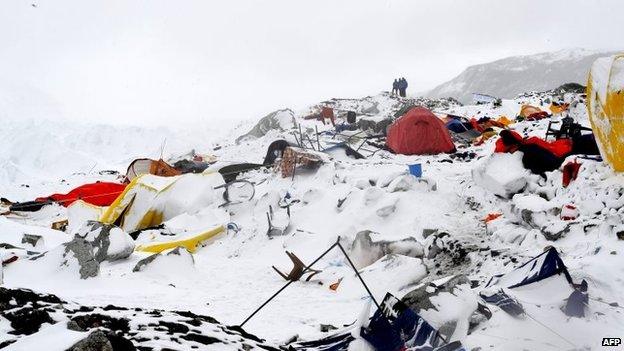
Everest base camp was destroyed when April's earthquake triggered a massive avalanche
Nepal's lucrative climbing industry was destroyed by April's devastating earthquake and the avalanches that followed.
The government and Sherpa community, who depend on foreign climbers for a livelihood, are keen to rebuild it as soon as possible.
But some in Nepal criticise the decision to reopen the route so soon.
The president of Nepal's mountaineering association, Ang Tsering Sherpa, has described the Japanese expedition as "risky and dangerous", saying climbing in the autumn already brings the additional risks of cold temperatures and strong winds.
- Published10 May 2015
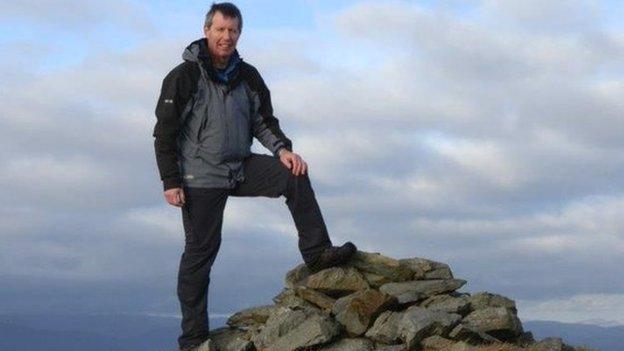
- Published26 April 2015
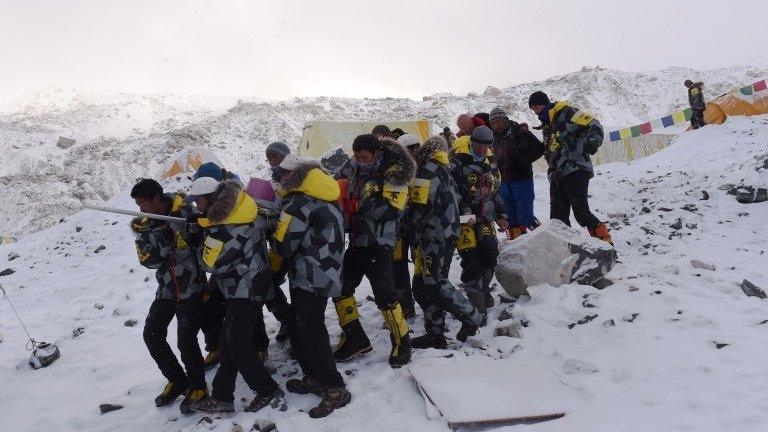
- Published26 April 2015
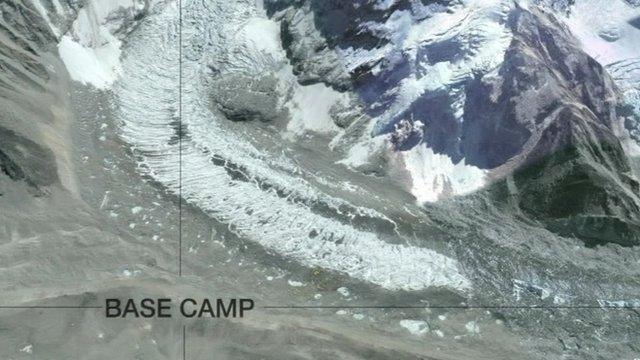
- Published27 April 2015
